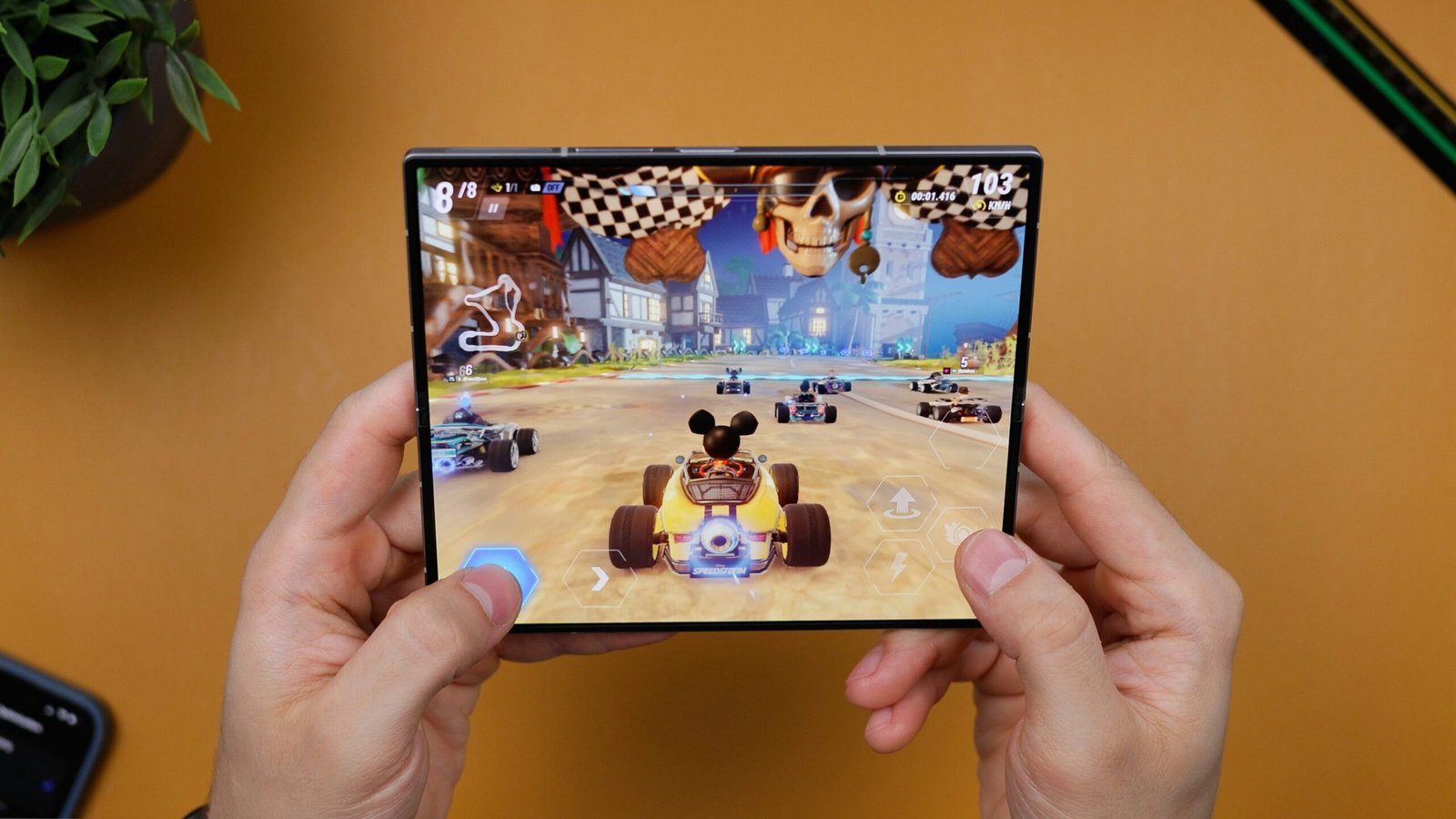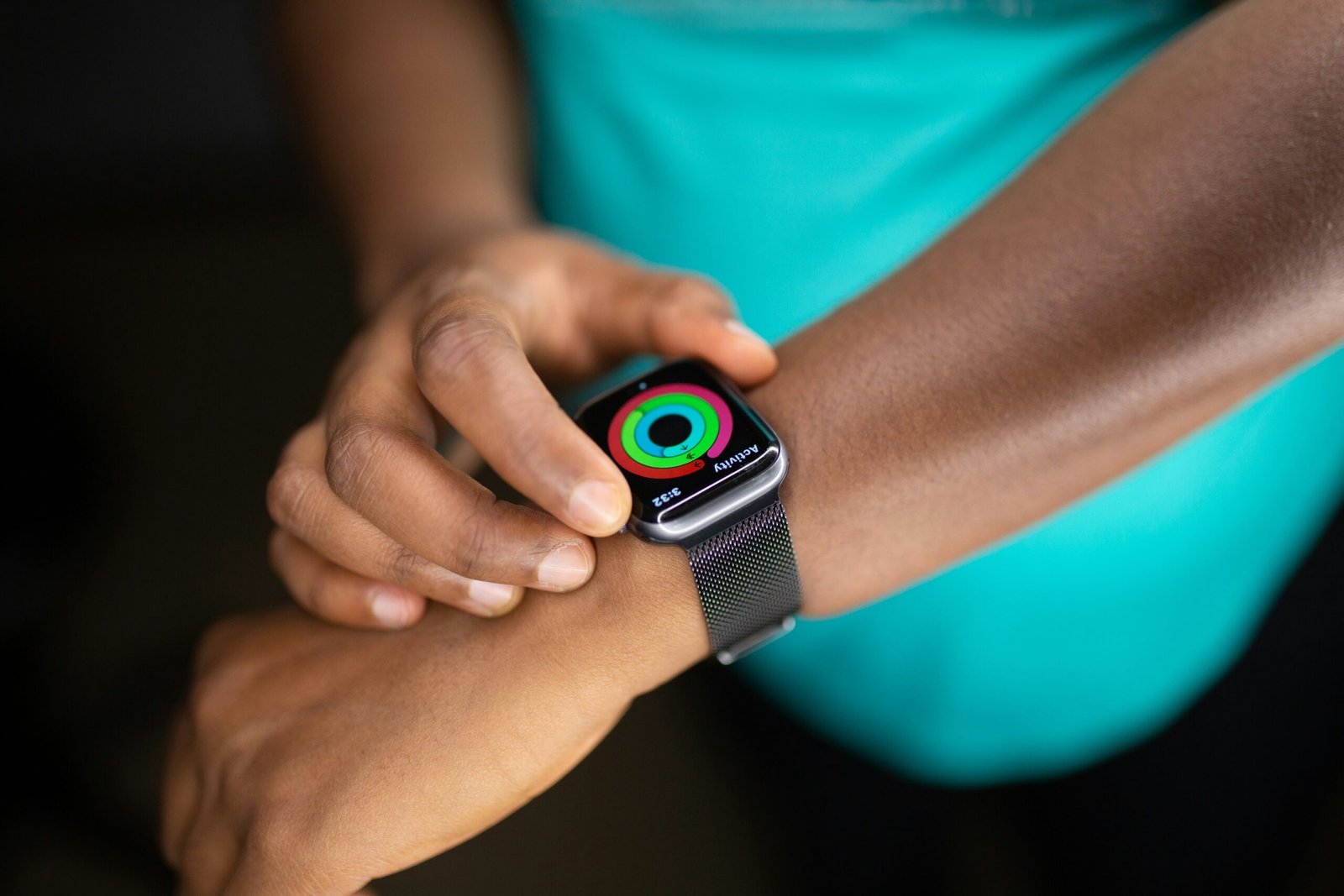
Introduction to Revolutionary Inventions
Innovation is a vital component of human progress, representing the evolution of ideas into tangible solutions that enhance our daily lives. Throughout history, inventions have played a crucial role in transforming societies, shaping cultures, and driving economies. Over the past century, several groundbreaking inventions have emerged, fundamentally altering the way we live, work, and communicate. These technological advancements have not only improved efficiency and convenience but have also paved the way for new social norms and lifestyle changes.
The 20th and 21st centuries have been marked by rapid advancements that can be attributed to a combination of scientific discovery, creative thinking, and a desire for improvement. The rise of the digital age, characterized by the proliferation of computers and the internet, exemplifies how innovation in technology has facilitated instantaneous communication and access to information. As we delve into this exploration of transformative inventions, it is essential to acknowledge their role in societal advancement, impacting education, healthcare, and various industries.
Furthermore, these innovations often serve as catalysts for subsequent developments, inspiring further inventions that continue to shape our lives. For instance, the advent of smartphones has changed how we interact with the world around us, merging telecommunication, computing, and entertainment into a singular, portable device. This interconnectedness exemplifies the profound effects of modern inventions, prompting us to reconsider our relationship with technology and its influence on daily life.
In observing these monumental inventions, we gain insight into the trajectory of human creativity and the potential for future innovations to further enhance our existence. Understanding this evolution allows us to appreciate the profound impact of technological advancements that have, in many ways, defined our modern world.
Communication Breakthroughs: From the Telephone to the Internet
The evolution of communication technology over the last century has dramatically transformed the way individuals connect and share information. Beginning with the invention of the telephone by Alexander Graham Bell in 1876, the ability to communicate over distances began to evolve from a cumbersome process to a more immediate exchange. The telephone facilitated real-time conversations, thereby breaking geographical barriers and enhancing personal and professional relationships.
Following the telephone’s introduction, the radio emerged in the early 20th century, revolutionizing mass communication. It allowed for the broadcasting of news, entertainment, and education. Radio’s influence on public opinion and culture was profound, as it became a primary source for immediate information during significant events, such as wars and social movements. The subsequent development of television in the 1920s further enriched the communication landscape by integrating audiovisual elements, allowing for a more dynamic and engaging means of storytelling and news reporting.
The context of information sharing evolved even further with the advent of the internet in the late 20th century. Originally designed for military and academic use, the internet has since transformed into an essential aspect of daily life for billions of individuals. It has facilitated an unprecedented level of global connectivity, enabling instant communication through emails, social media, and messaging applications. This digital revolution has redefined societal norms, altering how people form relationships, conduct business, and consume information.
The impact of these communication breakthroughs is evident in the realm of social interaction as well. They have created new platforms for dialogue, fostering diverse communities and enabling collaborative efforts across vast distances. In essence, today’s interconnected world owes much of its foundation to these pivotal inventions, each contributing to a legacy of connectivity and information exchange that continues to evolve.
Advancements in Transportation: Accelerating Mobility
The last century has witnessed remarkable advancements in transportation, fundamentally transforming the way we travel. The invention of the automobile revolutionized personal mobility, offering individuals unprecedented freedom to traverse vast distances. Initially a luxury, cars have become a staple of daily life, enabling countless individuals to commute to work, run errands, and engage in social activities with ease. This surge in car ownership has, in turn, shaped urban planning, leading to sprawling cities built around this mode of transport.
Commercial aviation represents another monumental leap in travel technology. With the introduction of jet airliners in the 1950s, the globe shrank significantly. Air travel has not only facilitated tourism but has also fostered international business, enabling seamless communication and trade across continents. As a result, globalization has accelerated, linking economies and cultures in ways previously unattainable. Furthermore, advancements in aviation technology, such as the development of fuel-efficient aircraft and improved air traffic management systems, have made flying more accessible and environmentally sustainable.
In addition to personal and commercial travel, public transit systems have significantly enhanced mobility within urban environments. Innovations such as subways, light rail, and electric buses have emerged in response to the growing challenges of urbanization, including traffic congestion and environmental concerns. Efficient public transportation options reduce reliance on automobiles and contribute to reducing carbon emissions. However, the rapid expansion of transportation networks also presents challenges. Urban planners need to balance the demands for efficient travel with sustainable practices, ensuring that advancements do not compound issues such as urban sprawl and pollution.
Overall, the evolution of transportation over the past century showcases a complex interplay between innovation, urban development, and individual mobility. These advancements have reshaped our daily lives, underscoring the importance of continued investment and innovation in transportation technologies.
Health and Medicine: Innovations that Saved Lives
The landscape of health and medicine has undergone transformative shifts due to groundbreaking inventions in the last century. Among the most significant developments are vaccines, MRI machines, and the burgeoning field of the Internet of Medical Things (IoMT). Each of these innovations has played a crucial role in improving health outcomes, extending life expectancy, and deepening our understanding of various diseases.
Vaccines have paved the way for the prevention of infectious diseases that once claimed countless lives. For example, the development of the polio vaccine in the 1950s led to a dramatic decline in cases, effectively eradicating the disease in many parts of the world. The consistent advancement in vaccine technology, including mRNA vaccines, has been pivotal in managing recent public health crises such as the COVID-19 pandemic. This rapid response showcases the critical relationship between innovation and health security.
Moreover, medical imaging has been revolutionized by inventions such as MRI machines. Magnetic Resonance Imaging has transformed diagnostic capabilities, allowing for non-invasive visualization of internal bodily structures. This innovation has not only enhanced the accuracy of diagnoses but has also led to early detection of various diseases, ultimately saving countless lives through timely intervention.
The rise of the Internet of Medical Things has further augmented patient care by enabling the connectivity of medical devices. This interconnectivity facilitates real-time monitoring of patients, improves treatment efficacy, and enhances overall health management. With devices such as wearable health trackers, patients can monitor their health metrics continuously, empowering them to make informed decisions about their well-being.
The innovations in health and medicine over the past hundred years underscore the importance of ongoing research and development. By continually advancing our understanding of health technologies, we can address public health challenges more effectively, enhancing our ability to respond to future crises. These inventions not only have saved lives but also define the future trajectory of healthcare. With a commitment to innovation, we can expect further breakthroughs that will continue to shape the healthcare landscape.
















